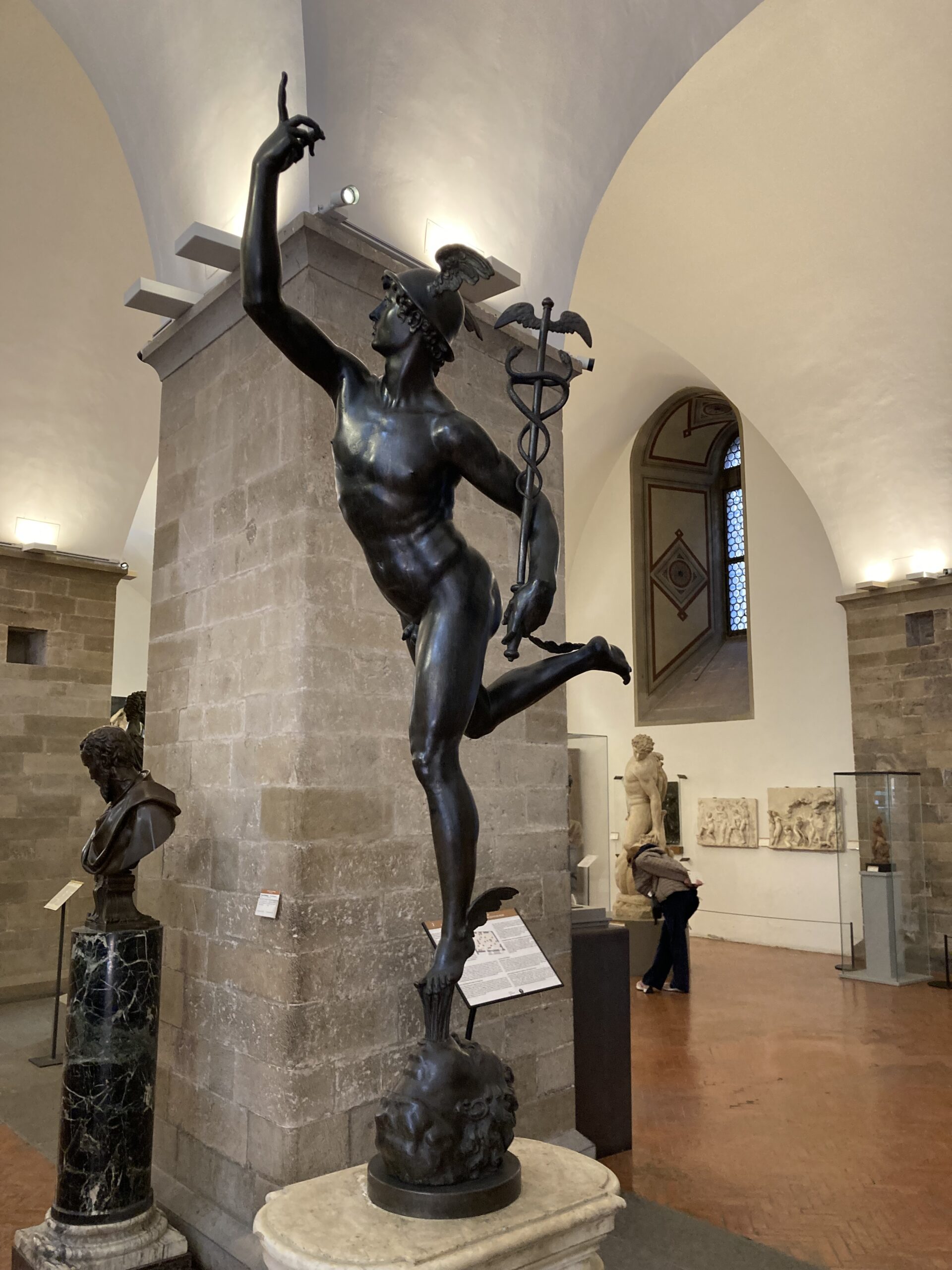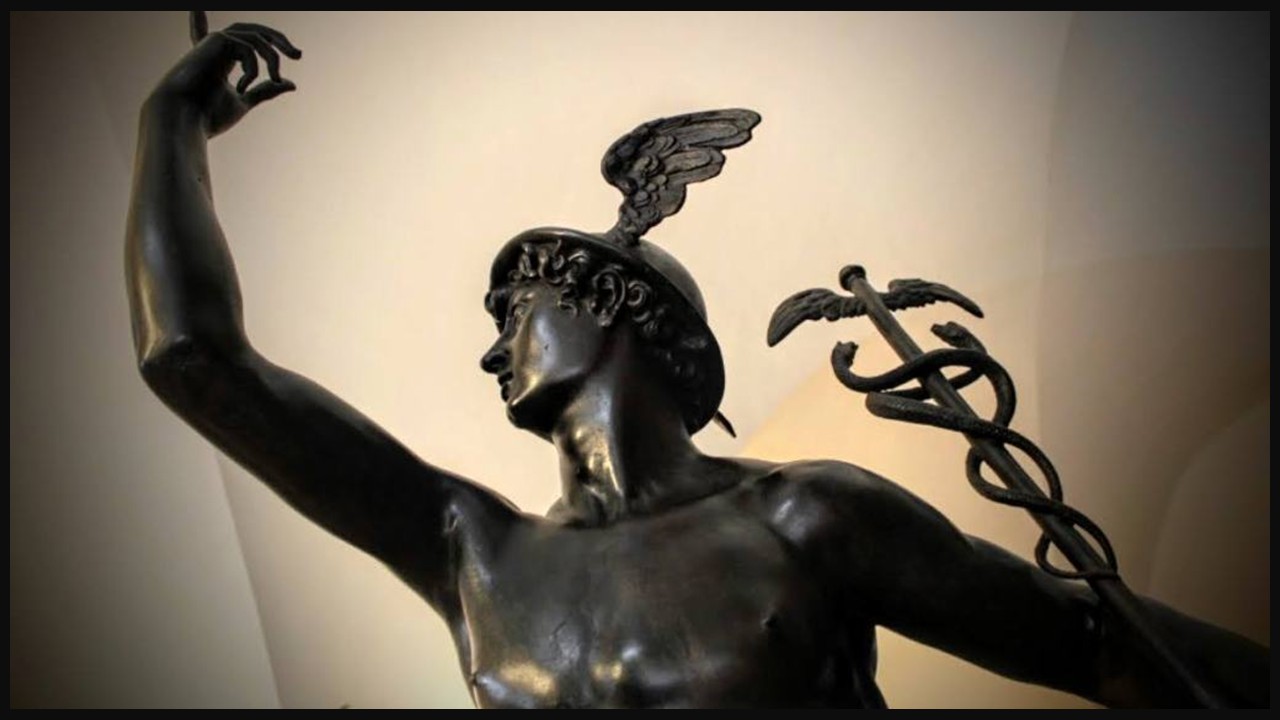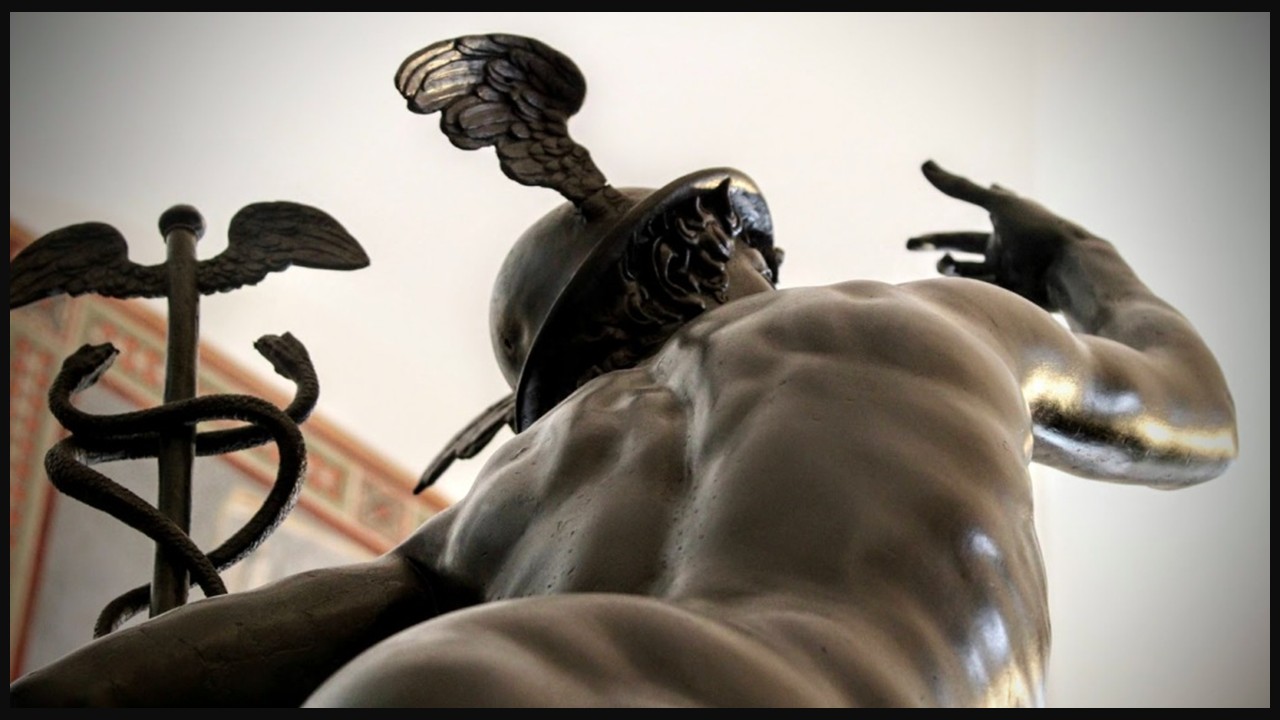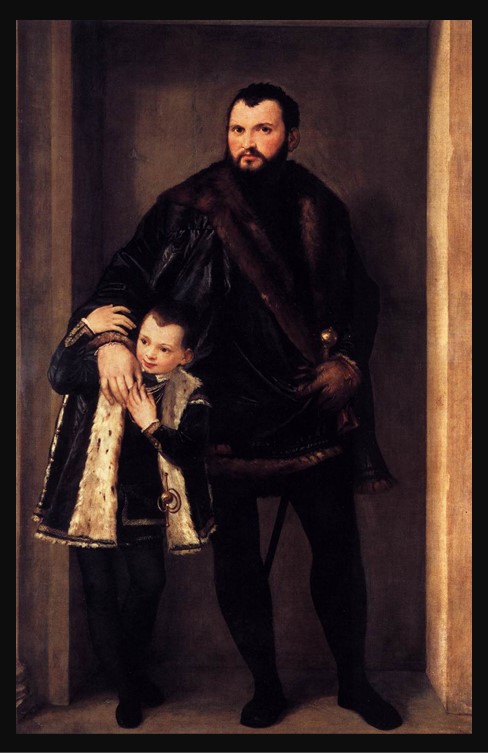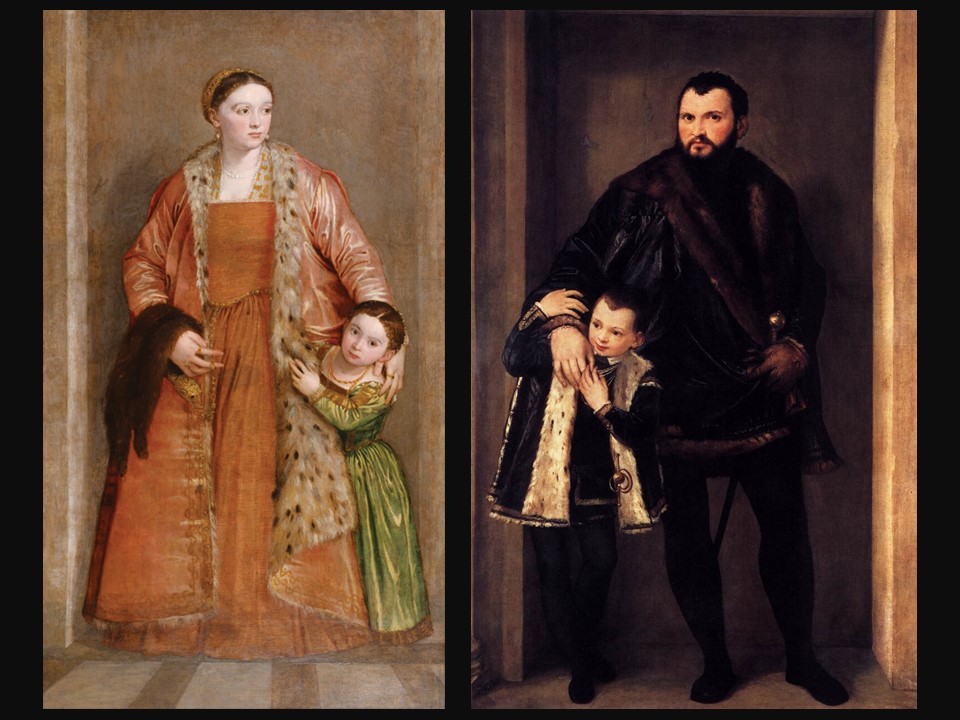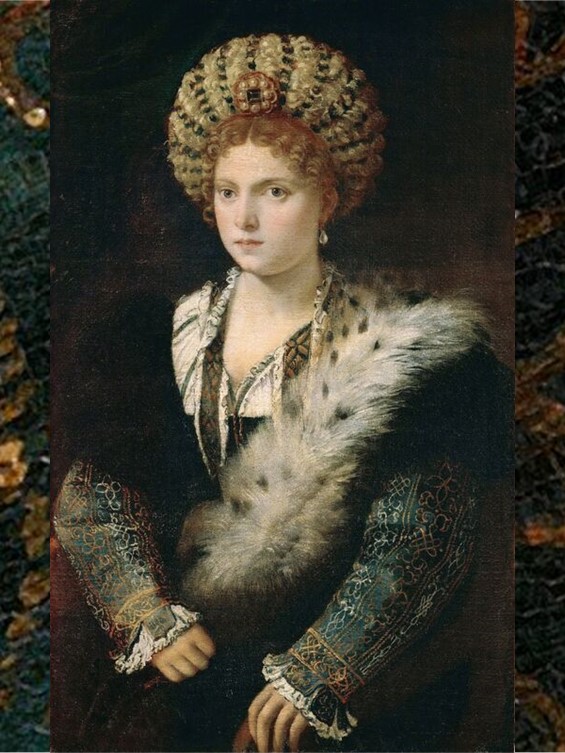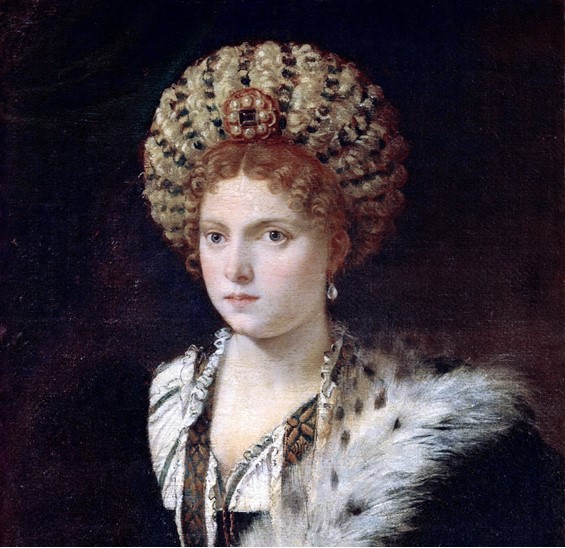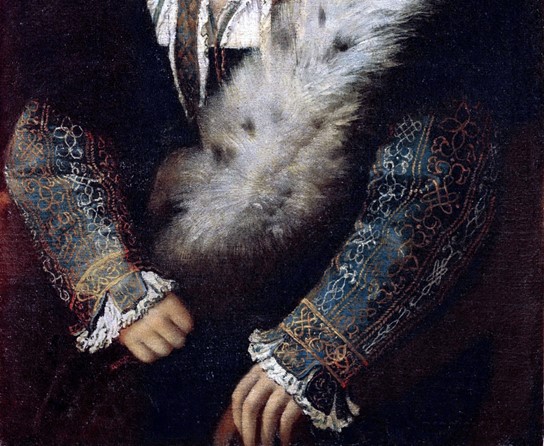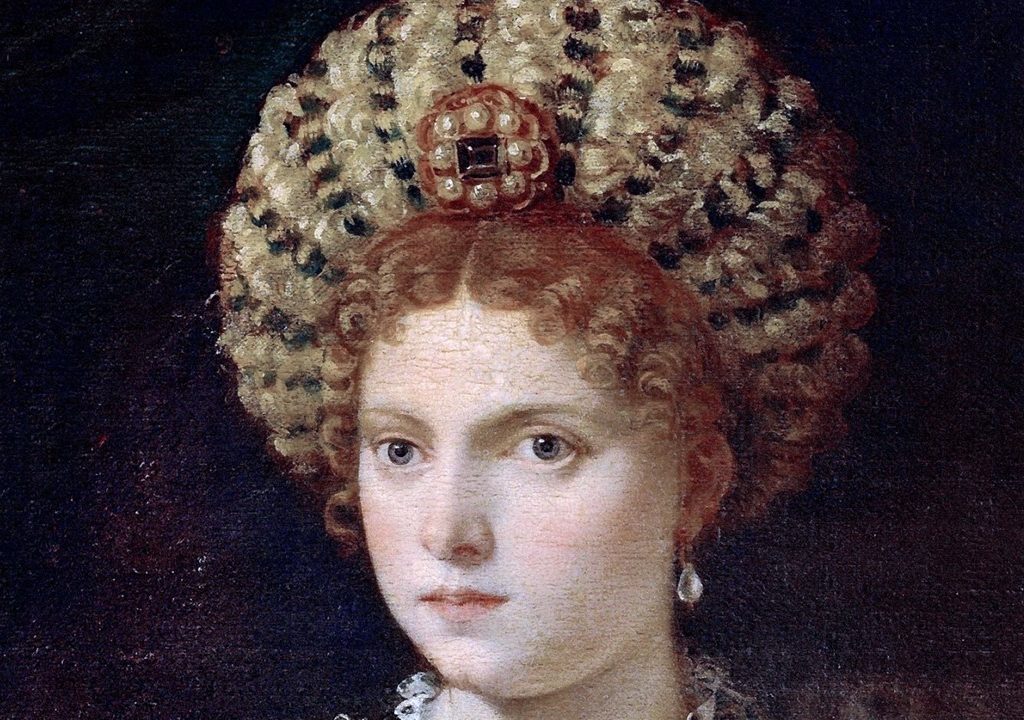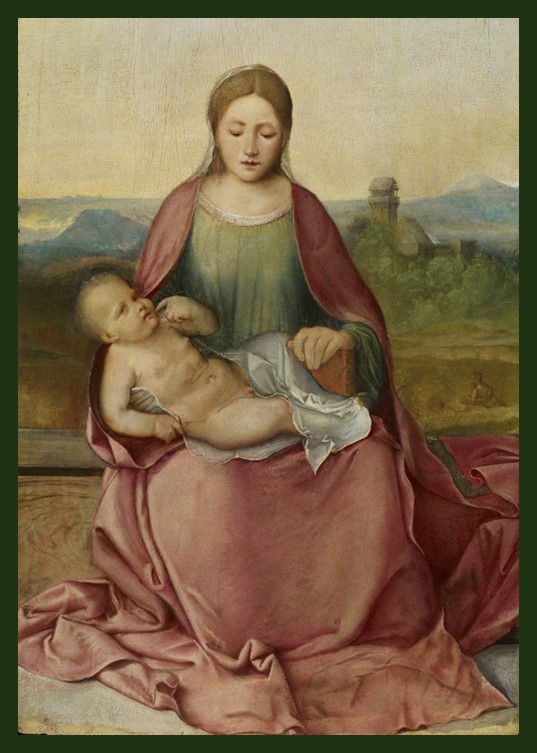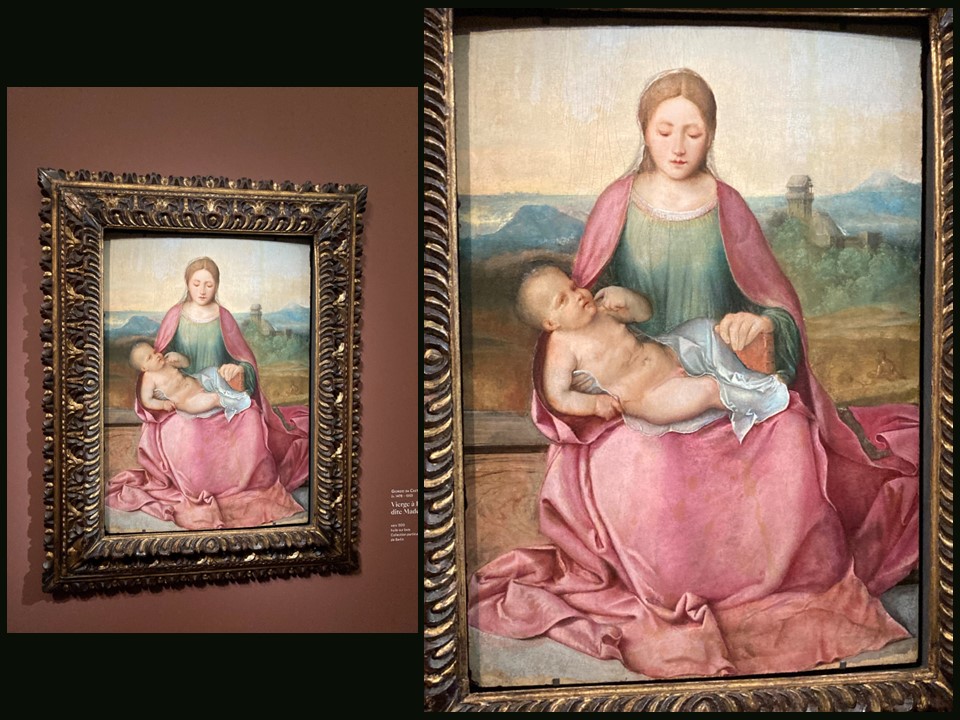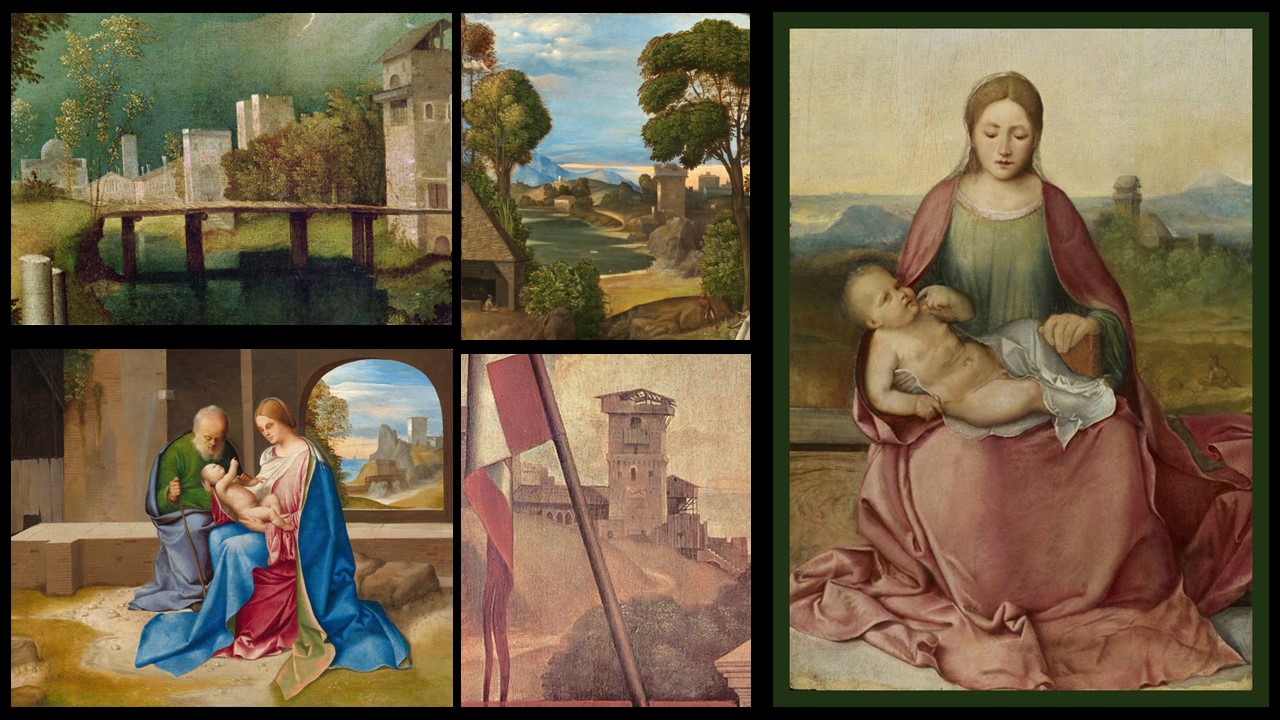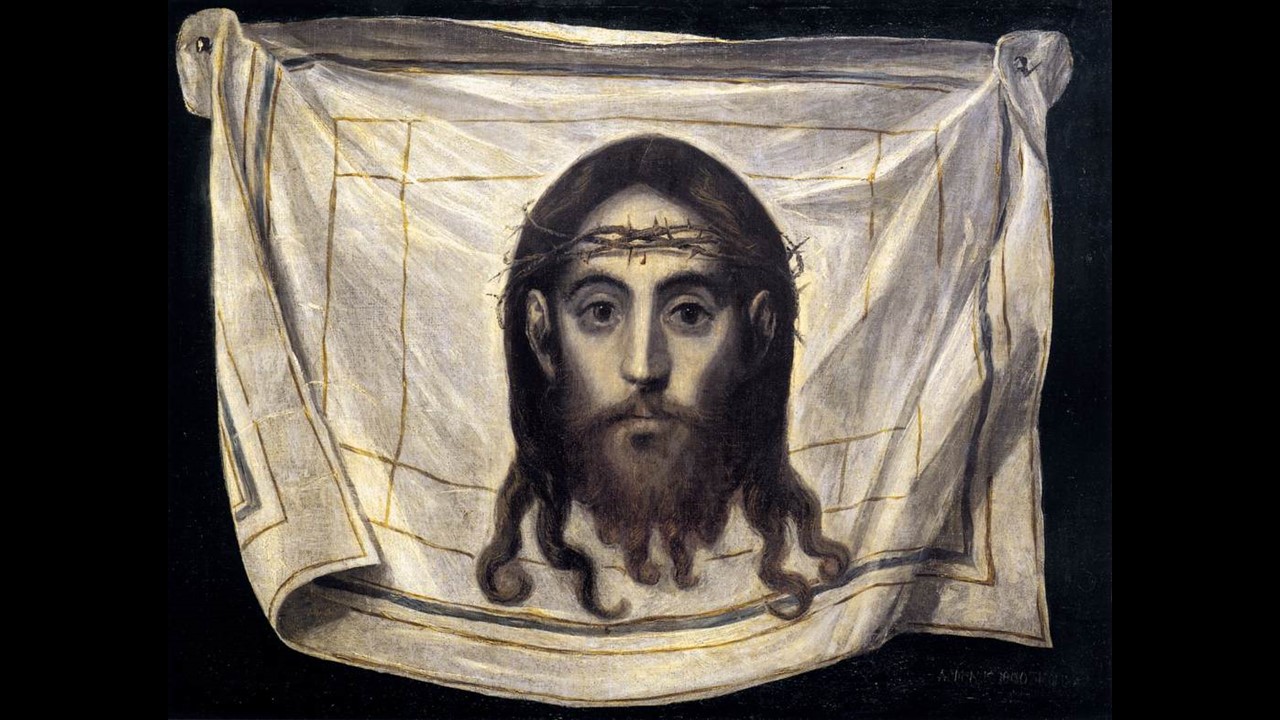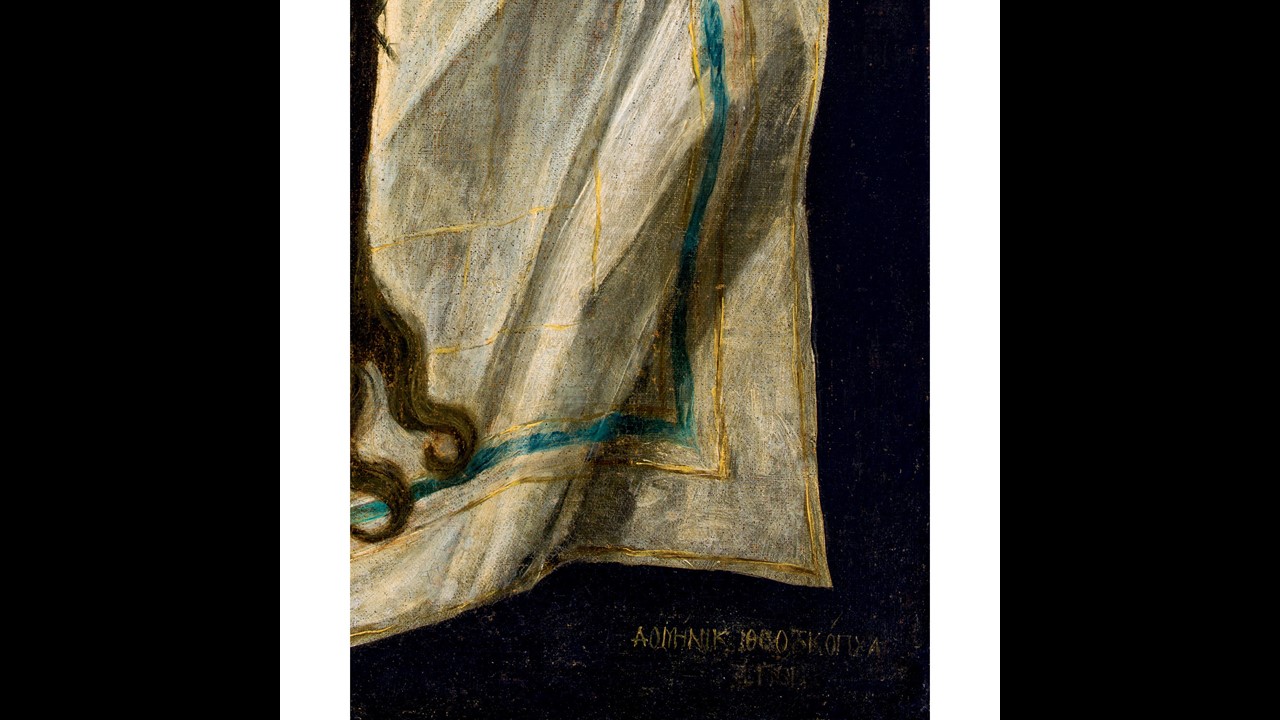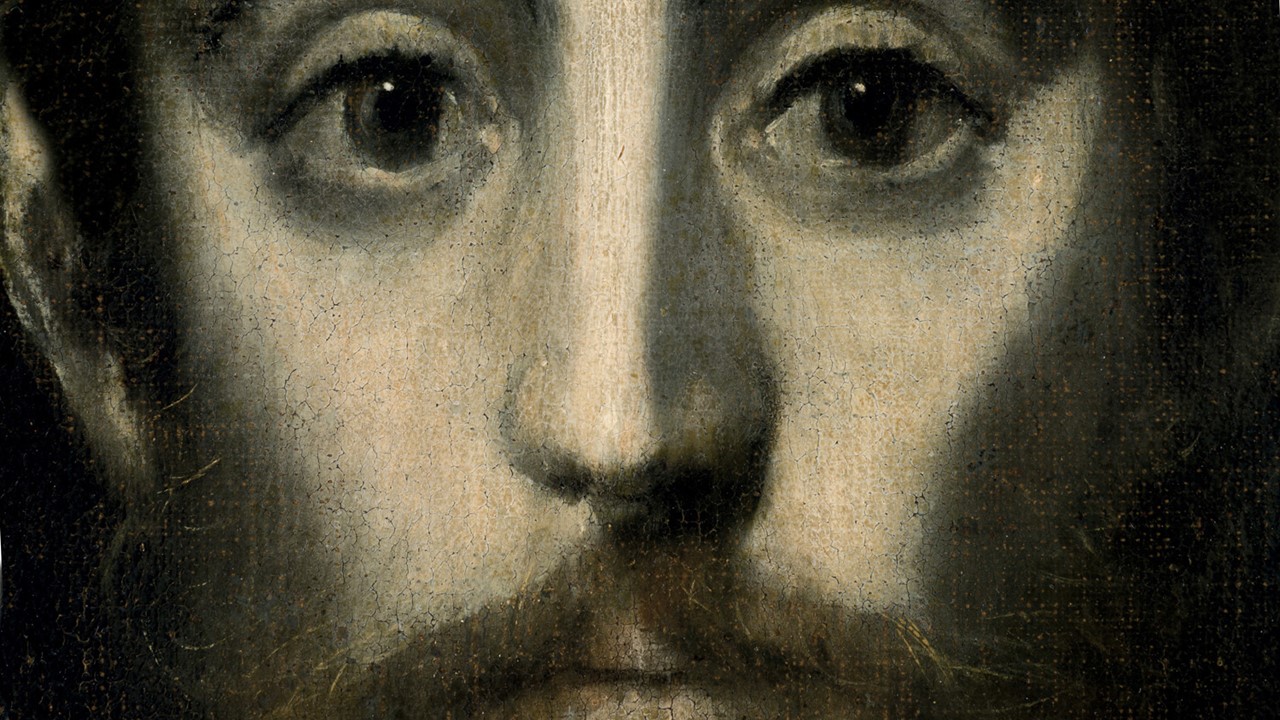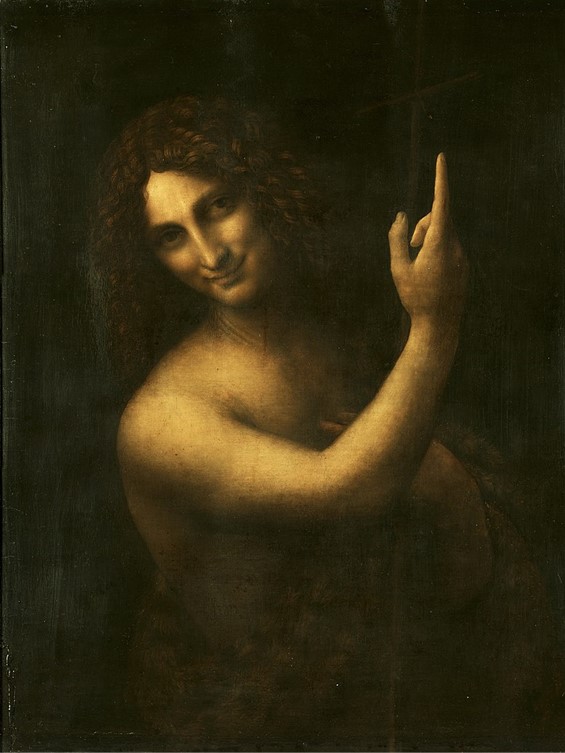
Bacchus and Satyr, 1496 – 1497, Marble, Height: 207 cm, National Museum of Bargello, Florence, Italy – Photo Credit: Amalia Spiliakou, April, 2025
In the hushed halls of the Bargello Museum, Michelangelo’s Bacchus with Satyr stands as a marble echo of divine intoxication and poetic frenzy, capturing in stone what Horace once saw in vision. ‘Bacchus I saw in mountain glades…’ begins Ode 2.19, recounting a revelation of the god surrounded by Dryads and attentive satyrs, wild, divine, and terrifying in their ecstasy. Michelangelo’s youthful, staggering Bacchus, crowned with ivy and offering wine, evokes the very madness Horace feared and welcomed, ‘Tis madness! Evoe! spare, O spare….’ The small satyr peering mischievously behind Bacchus completes this ancient tableau, embodying both the allure and danger of surrendering to the god’s revels. In this sculpture, poetry and sculpture converge, and the terror and joy of divine inspiration become chillingly real.
The story of Michelangelo’s Bacchus is as complex and fascinating as the figure it depicts. In 1496, at just 21 years old, Michelangelo sculpted a sleeping cupid that he deliberately aged to resemble an ancient artifact. This work was sold through an intermediary to Cardinal Raffaele Riario of San Giorgio. Though the Cardinal quickly uncovered the ruse, he was deeply impressed by Michelangelo’s extraordinary skill, and this forged sculpture unexpectedly launched the young artist’s career. It led to a commission for Bacchus, intended for Riario’s Roman residence, the Palazzo di Riario, now the Palazzo della Cancelleria. The choice of a sensuous, inebriated pagan god, complete with a mischievous satyr, for a high-ranking churchman was surprising, and perhaps predictably, Riario ultimately rejected the piece. It was instead acquired by the banker Jacopo Galli, who installed it in his garden among other antiquities. The sculpture changed hands again when the Medici family purchased it around 1571, eventually bringing it to Florence. After a period in the Uffizi Gallery, Bacchus found a permanent home in 1871 at the Bargello National Museum, where it remains a provocative masterpiece of youthful daring and sculptural brilliance.
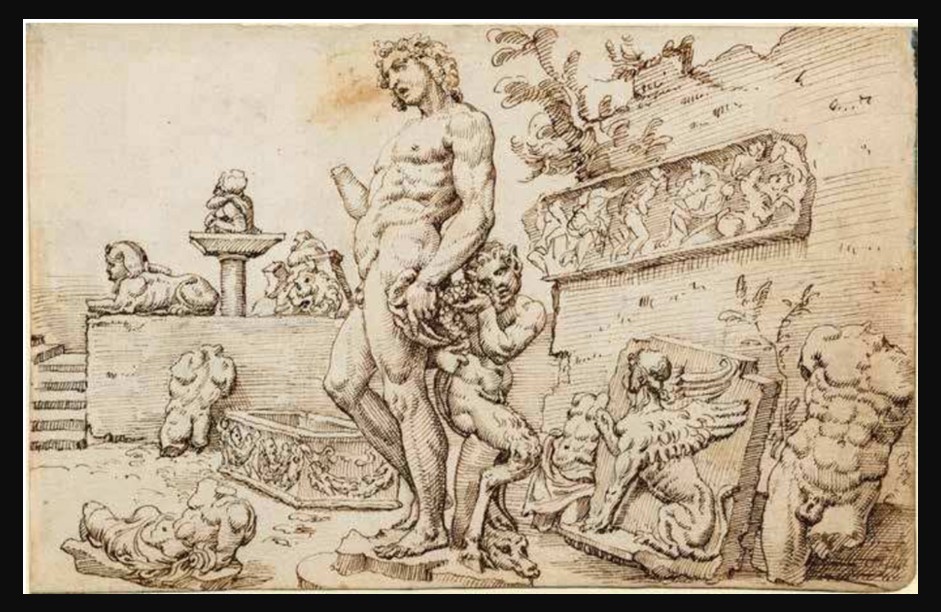
Casa Galli, with Michelangelo’s Statue of Bacchus, ca. 1532–36, Pen and brown Ink, brown Wash, 13×20.5 cm, Staatliche Museen, Berlin, Germany
https://commons.wikimedia.org/wiki/File:Maarten_van_Heemskerck_Garden.png
Michelangelo’s Bacchus (1496–1497), carved in Carrara marble and over life-size at about 203 cm tall, depicts the Roman god of wine in a startling state of inebriation. The figure staggers forward, goblet raised in his right hand as if offering wine to the viewer, while his left holds a tiger or leopard skin and a cluster of grapes. A mischievous young satyr sits behind him, reaching for the fruit, and supports the main figure with a tree trunk for balance. The god’s body sways precariously, his head is tilted, eyes half-closed, and mouth slightly agape signs of intoxication vividly captured in stone.
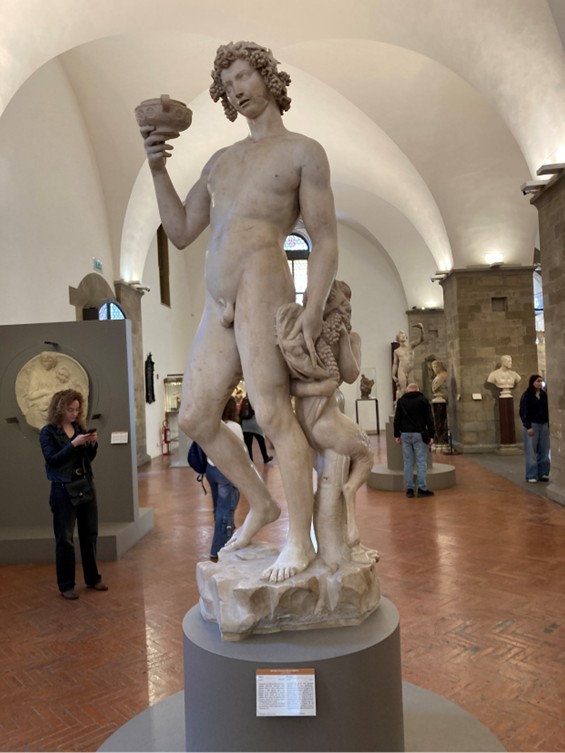
Bacchus and Satyr, 1496 – 1497, Marble, Height: 207 cm, National Museum of Bargello, Florence, Italy – Photo Credit: Amalia Spiliakou, April, 2025
Michelangelo embeds rich symbolic imagery into the sculpture. The ivy wreath, or more accurately, grape leaves, crowning Bacchus’s head alludes to his vine‑born identity and his role as the inventor of wine. The goblet in his right hand, teetering in drunken imbalance, suggests the god himself is overtaken by the effects of his creation. In his left, the animal skin, often interpreted as tiger or leopard, symbolizes both death and Bacchus’s intoxicating influence, while the satyr feeding on grapes underscores themes of natural indulgence and playful profaneness.
Aesthetically, Bacchus marks a radical departure from traditional classical portrayals. While it adheres to contrapposto, the classical balance between opposing limbs, the effect here is dynamic instability rather than poised repose: Bacchus seems on the brink of collapse yet remains unexpectedly graceful. Michelangelo’s skill shines in the subtle illusion of drunken motion and emotional spontaneity. Detailed carving gives tactile realism to the flesh, foliage, and textures, while deliberate anatomical irregularities, such as the androgynous softness of his torso, convey both sensuality and human vulnerability. Critics like Ralph Lieberman have noted how the sculpture transforms in appearance depending on the viewer’s angle, alternating between unstable stupor and regained poise, creating a temporal, immersive experience.
For a Student Activity inspired by Michelangelo’s statue of Bacchus, please… Check HERE!
Bibliography: https://catalogo.beniculturali.it/detail/HistoricOrArtisticProperty/0900286601 and https://www.perseus.tufts.edu/hopper/text?doc=Perseus%3Atext%3A1999.02.0025%3Abook%3D2%3Apoem%3D19
